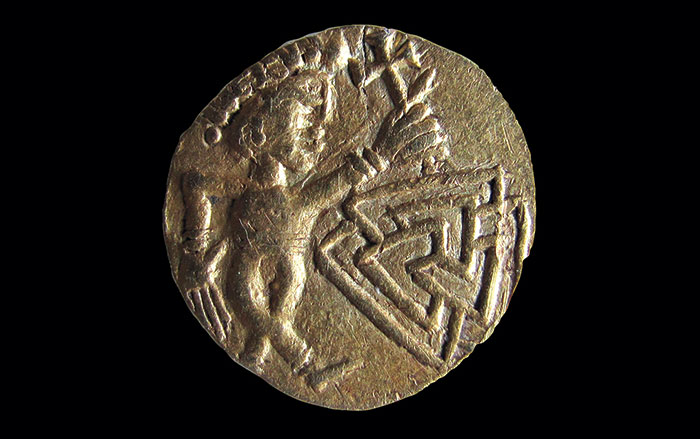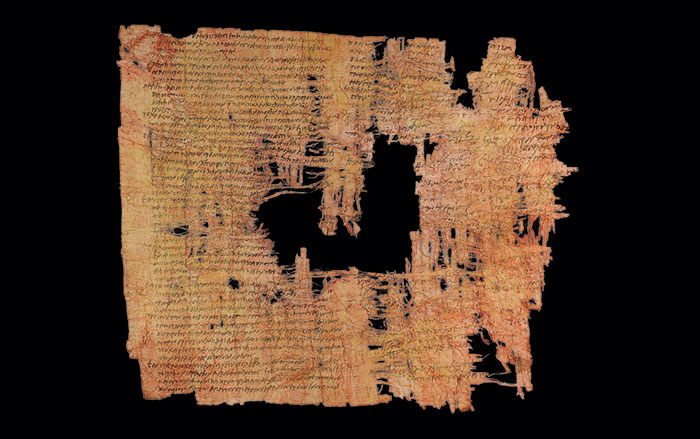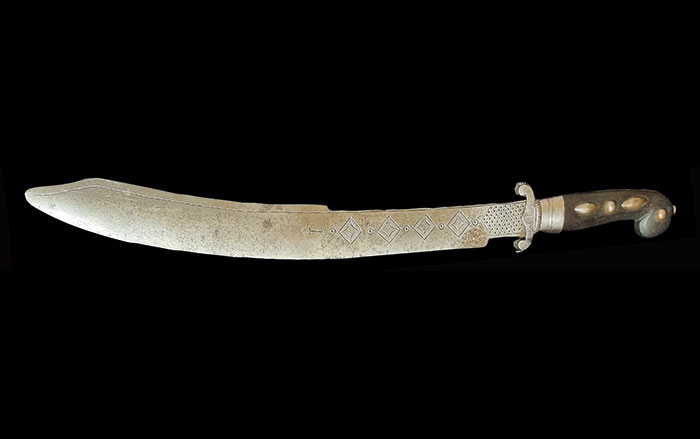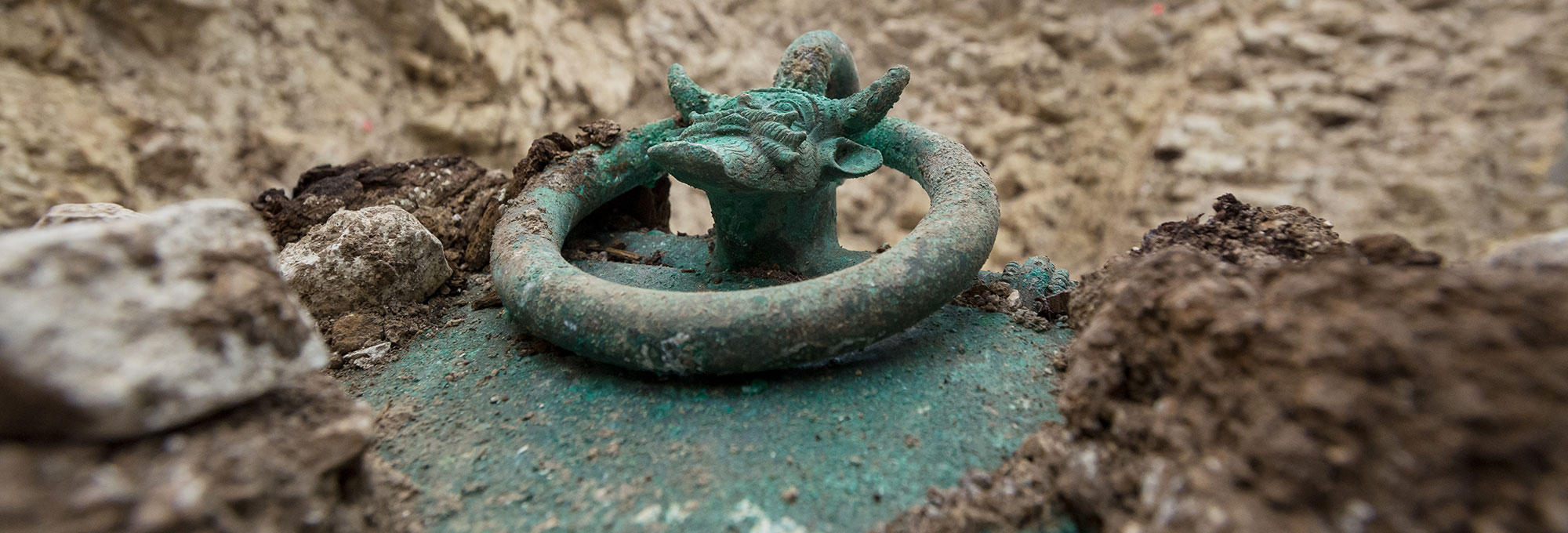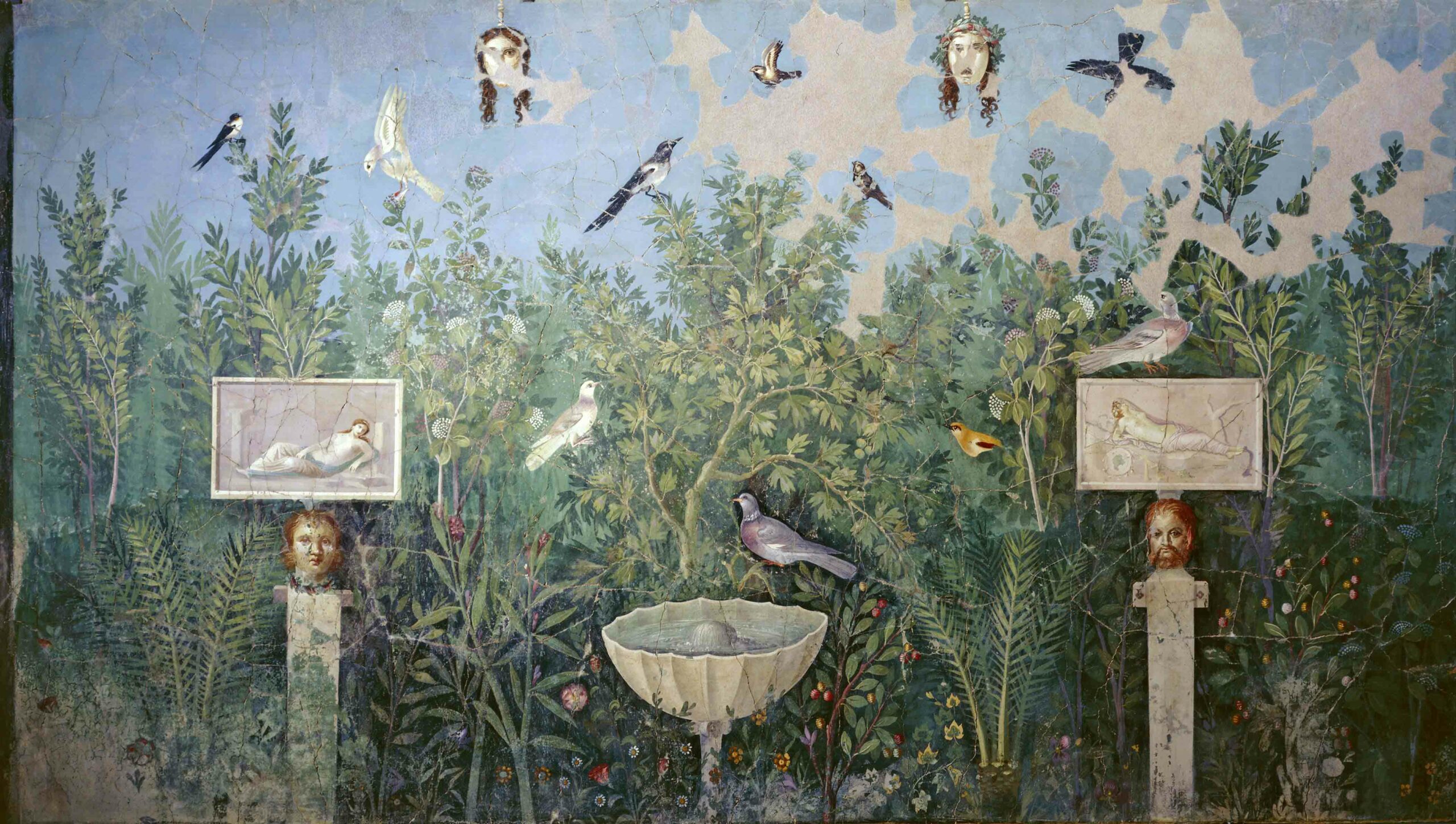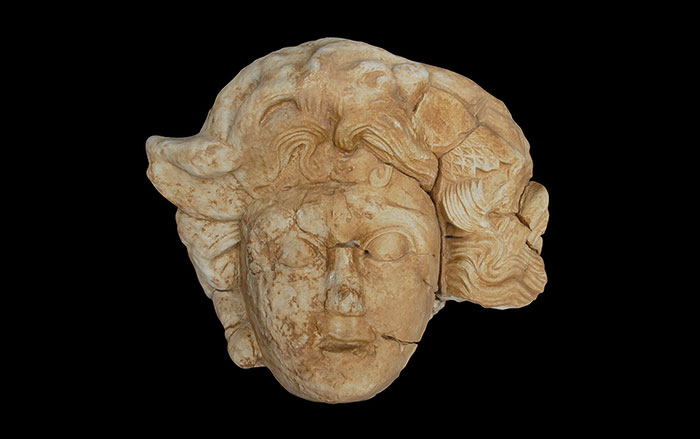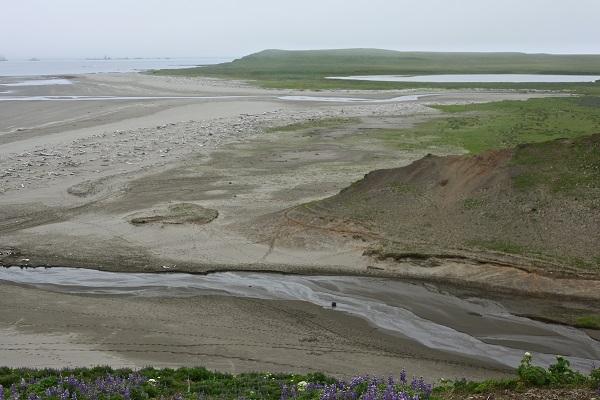
ANCHORAGE, ALASKA—The remains of approximately 150 people that were removed from an eroding beach in the Kodiak Archipelago in the 1960s will be repatriated under the Native American Graves Protection and Repatriation Act. After the excavation from Chirikof Island, which is federal land managed by the U.S. Fish and Wildlife Service, the remains were held at the University of Wisconsin, and later moved to Indiana University in Bloomington. “Many tribes around the country have their ancestors and collections from their land scattered throughout the nation, and so this law was developed to help tribes and also museums to develop procedures so that there’s a process for returning funerary objects, sacred objects, and human remains to tribes,” Marnie Leist, Alutiiq Museum Curator of Collections, told KNBA.org. The repatriation process will be completed by 2018. To read in-depth about archaeology in Alaska, go to "Cultural Revival."



